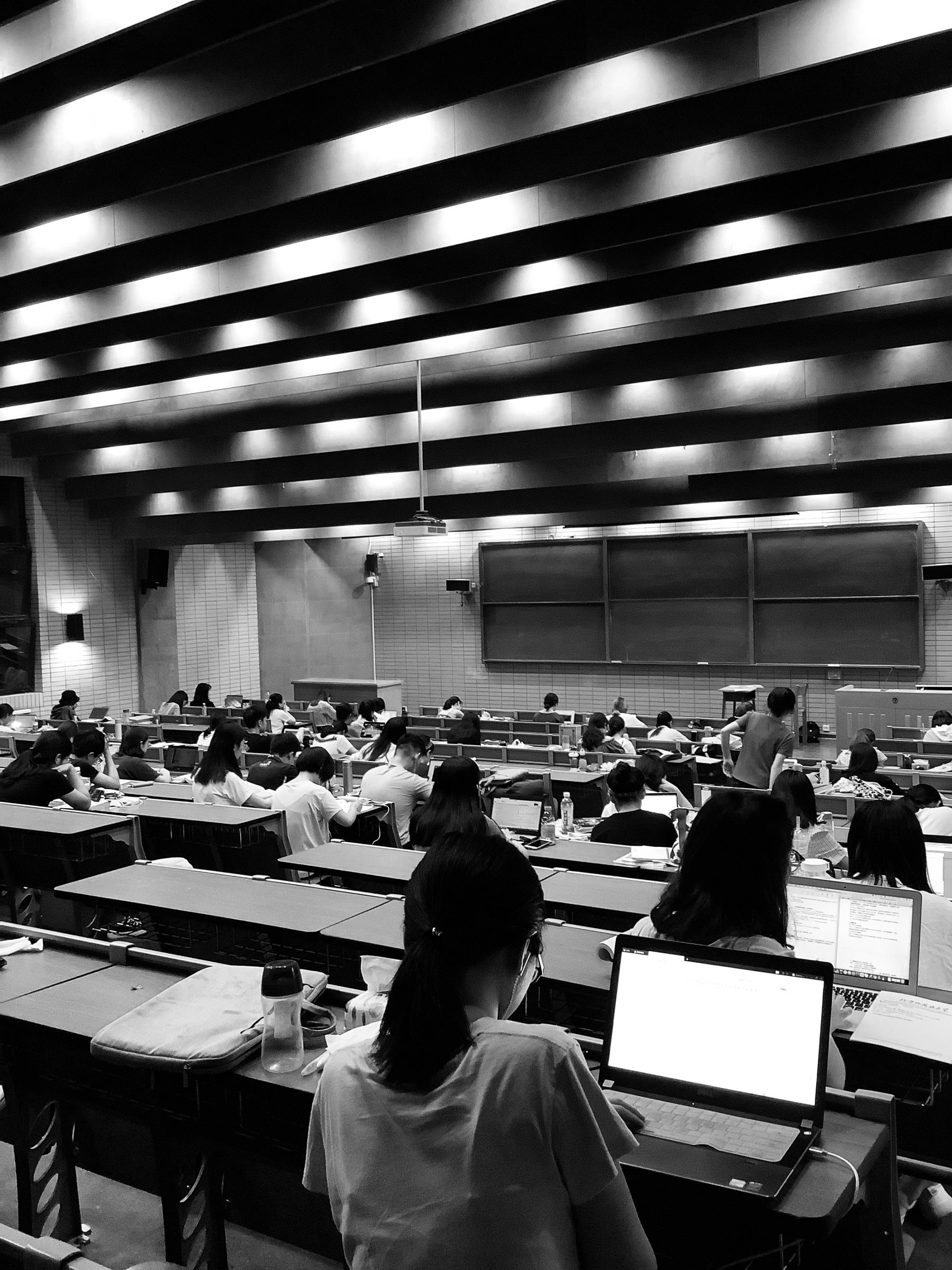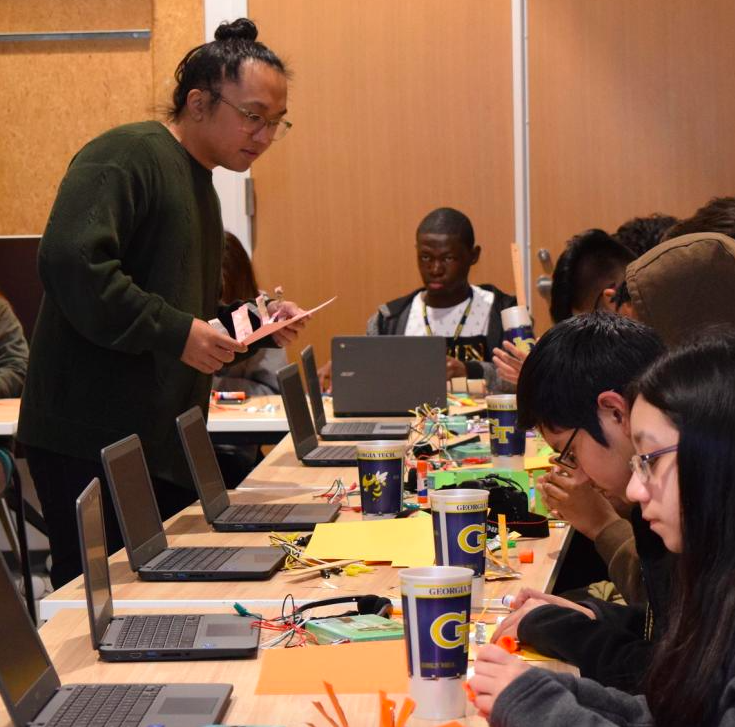Jamie Gorman’s research involves the psychology of teamwork and how to get people in all kinds of industries working together in a better, more efficient manner.
His two latest projects seek to understand how to do that when one of those teammates or trainers is made of software, and the other team members are people: public school students and members of the U.S. Armed Forces.
Gorman is starting by first identifying the opportunities and challenges that join students when artificial intelligence (AI) is invited into a classroom.
“It could tell you about student progress, and also help the teacher better orchestrate the classroom and keep track of things,” he says.
Gorman, an associate professor in the School of Psychology, has won a $240,000, five-year National Science Foundation (NSF) subcontract to try to answer those questions at a new NSF-AI Institute, one of five centers the agency will set up at universities across the country to “accelerate research, expand America's workforce, and transform society in the decades to come” through artificial intelligence, according to an NSF press release.
Gorman and an as-yet-unnamed Georgia Tech graduate student will be a part of the research team at the University of Colorado-Boulder, the location of a forthcoming NSF-AI Institute for Student-AI Teaming. The NSF plans to spend $100 million to set up these institutes and accelerate AI research over the next five years.
The psychology of teamwork
Gorman and his team dynamics research have also won a six-month, $50,000 subcontract with Aptima Inc. and the U.S. Air Force for a project that will try to improve training methods.
That project isn’t so much about AI as it is “about developing team measurement systems for the military for simulation-based training,” he shares. “It’s kind of a feeder project for a bigger follow-on, we hope,” that would focus on building team software for a variety of training applications. He plans on making the system capable of real-time, immediate feedback for trainees and evaluators.
The reason Gorman decided to study the psychology of teamwork, however, does play into the need to find out if AI can help in classrooms.
“If we think about our everyday lives, there’s little we could do without working with other people,” he says. “With respect to AI agents becoming more pervasive, we’re not that far out from when we’ll be working with those agents — whether we’re conscious of it or not. So, because teamwork is ubiquitous, it’s an important challenge we need to embrace.”
Like the Aptima project, Gorman’s work with AI in the classroom will involve setting up a system of measurements and metrics to determine if artificial intelligence can help students and teachers with education goals.
“My research involves the measurement of team dynamics using neurophysiological measures and a variety of other human-machine interactions,” Gorman says. “My role on this is really to develop models and metrics for teamwork and team effectiveness in student-AI relationships.”
The NSF initiative at the University of Colorado-Boulder hopes to develop “groundbreaking AI that helps both students and teacher work and learn together more effectively, and equitably, while helping educators focus on what they do best: inspiring and teaching students. The vision is to develop engaging ‘AI partners’ that will observe, participate in, and facilitate collaborative STEM learning conversations by interacting naturally through speech, gesture, gaze, and facial expression in real-world classrooms and remote learning settings.”
Opportunities in an AI-influenced education
What would AI look like in a classroom? A virtual team member could be an avatar on a computer screen, or a voice heard through a voice recognition service, asking questions and correcting answers, Gorman says.
“How do we actually engineer the system to recognize gestures and communicate in a user-friendly way? There are more overt things like facial recognition that will be a part of this,” he explains. Other technologies, such as electroencephalograms, or EEGs, that measure brain activity, are becoming cheaper and could also be worked into the AI-human relationship, Gorman adds.
His Systems Psychology Lab has been focusing on team dynamics since 2016 — and not just in an office or a classroom. “We study Double Dutch jump rope, for example. We’re just trying to make teamwork seamless, adaptive, and resilient. That’s what we’re focusing on, with what we’re measuring.”
His previous AI-human interaction research involved a project funded by the Office of Naval Research for a ‘synthetic teammate pilot’ of unmanned aerial vehicles. “It had the capacity as an AI to interact with a human team member through chat, but they were working on autonomy in decision making,” he shares.
Gorman adds that the military is looking at robotics or artificial intelligence to handle jobs that are difficult or less engaging for humans. “The military has this terminology they use: dirty, dull, or dangerous. If we can have robotics or artificial intelligence take over those tasks that humans don’t want to perform or are too dangerous, those systems will benefit.”
For More Information Contact
Renay San Miguel
Communications Officer
College of Sciences
404-894-5209





